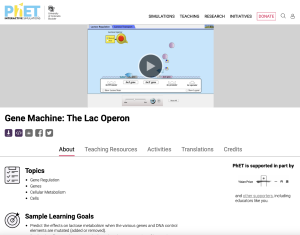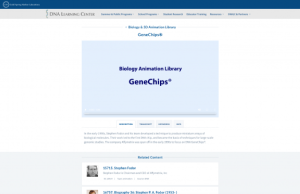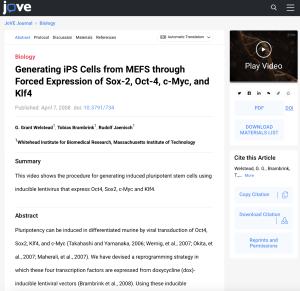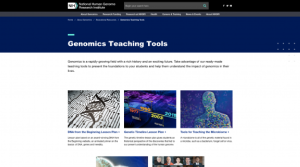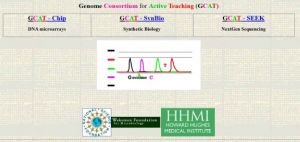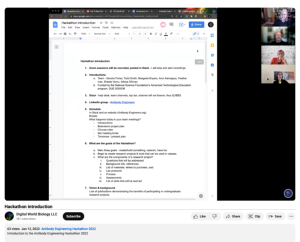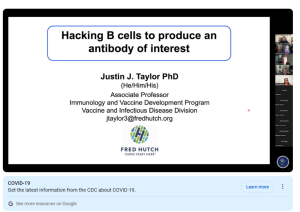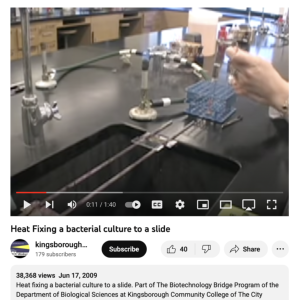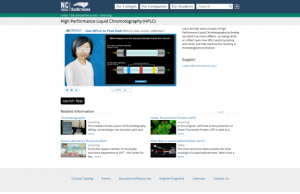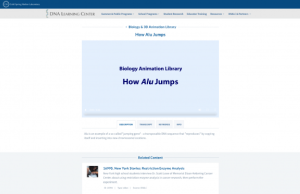Browse Resources
Resources | |
|---|---|
The PhET project at the University of Colorado creates "fun, interactive, research-based simulations of physical phenomena." This particular one deals with the lac operon. Build a gene network! The lac operon is a set of genes which are responsible for the metabolism of lactose in some bacterial...
In the early 1990s, Stephen Fodor and his team developed a technique to produce miniature arrays of biological molecules. Their work led to the first DNA chip, and became the basis of techniques for large-scale genomic studies. The company Affymetrix was spun off in the early 1990s to focus on DNA...
This video, from G. Grant Welstead, Tobias Brambrink, and Rudolf Jaenisch of MIT's Whitehead Institute for Biomedical Research, Massachusetts Institute of Technology explores how to generate iPS cells from Mouse Embryo Fibroblasts. The video is also accompanied by protocols for thawing and freezing...
As genetics and genomics research advances rapidly through the knowledge gained from the completed human DNA sequence, teachers and educators require new classroom tools to present the rich history, complexity and excitement of the world of genetics and genomics. These teaching resources include...
The consortium's mission is to bring functional genomic methods into undergraduate curriculum primarily through student research. As part of their mission, GCAT sponsors faculty workshops in DNA Microarrays and, more recently, Synthetic Biology. The consortium also provides a centralized chip reader...
This video, provided by Digital World Biology, is from the 2022 Antibody Engineering Hackathon, an event where teams collaborated to develop Course-based Undergraduate Research projects (CURES) for students studying biotechnology. In this video, presenter Sandra Porter introduces the Hackathon and...
This video, provided by Digital World Biology, is from the 2022 Antibody Engineering Hackathon, an event where teams collaborated to develop Course-based Undergraduate Research projects (CURES) for students studying biotechnology. In this presentation, Justin J. Taylor, associate professor at the...
This video from CUNY Kingsborough Community College describes how to heat fix a bacterial culture to a slide. The demonstration is described step by step and would be easy to replicate in a laboratory setting. Running time for the video is 1:41.
The North Carolina Community College System BioNetwork's interactive eLearning tools (IETs) are reusable chunks of training that can be deployed in a variety of courses or training programs. IETs are designed to enhance, not replace hands-on training. Learners are able to enter a hands-on lab...
Alu is an example of a so-called 'jumping gene' - a transposable DNA sequence that reproduces "by copying itself and inserting into new chromosome locations." This animation from Cold Spring Harbor Laboratory's Dolan DNA Learning Center presents Alu through a series of illustrations of the processes...
| |
| ← Previous | Next → |
